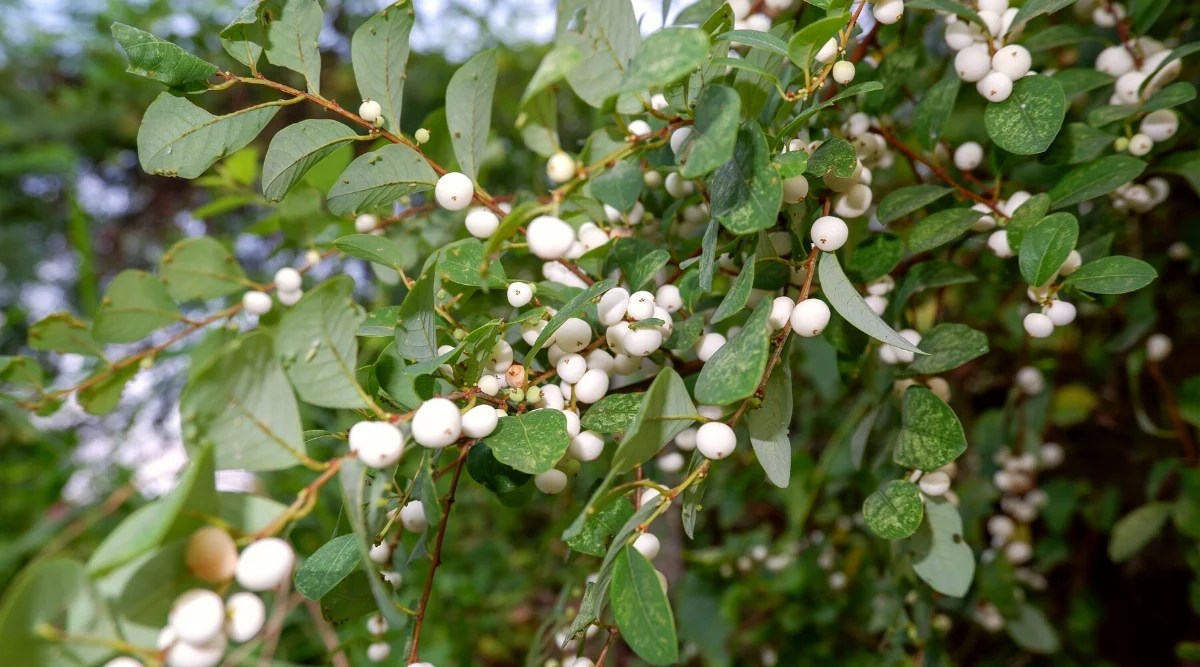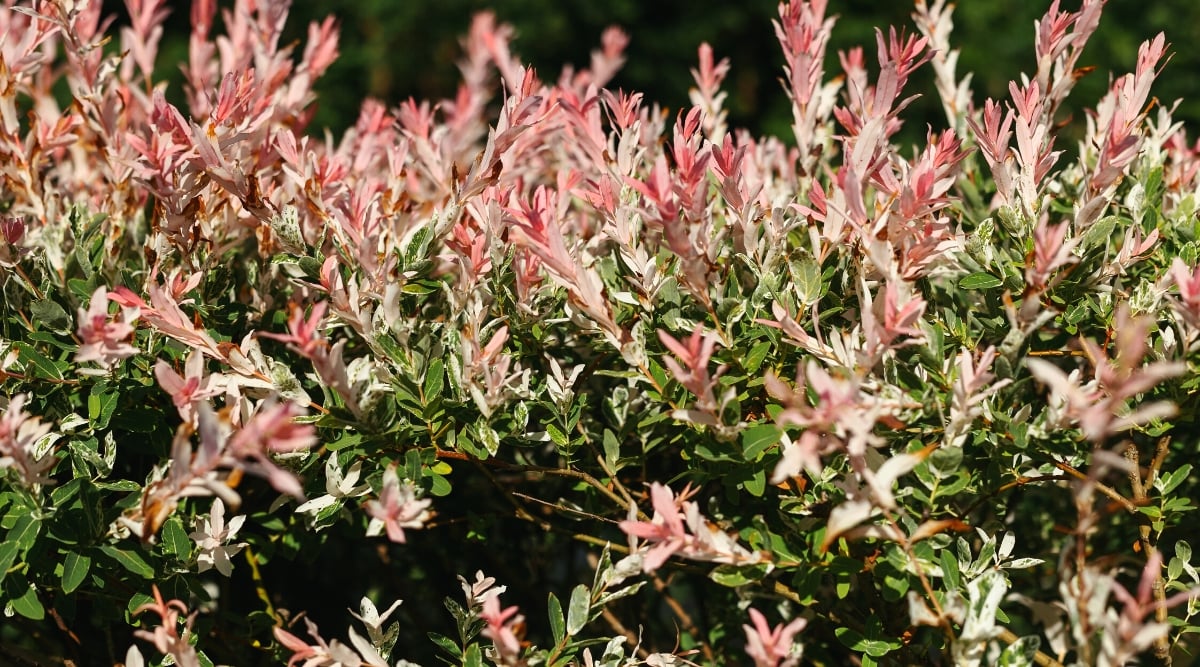Flowers
There are many ways to pull pollinators to the garden . One of the best agency is by planting flowering shrubs ! In this clause , gardening expert and beekeeper Melissa Strauss shares 21 bush that will keep the bees returning to your garden for more .
content

bee are very opportunist . They have a destiny of work to do in collecting pollen and ambrosia , and they are very serious about this task . They are also efficiency expert , so they will search out area where they can garner the maximum amount of imagination in the closest proximity . get into shrubs for pollinator .
blossom herbaceous plant are lovely and a great way to observe the periodic humblebee or butterfly . However , whendrawing the maximum number of bees to the garden , flowering shrubs are a surefire manner to bring them in and keep them coming back .
When selecting flowering plants for your pollinator garden , bee vision is something to consider . bee see a broader range of colors than humans as they see ultraviolet twinkle . This makes blossom in the aristocratical and violet color family the most likeable assortment for bee .

Bees do not see red . Instead , it appears to them as black , which they take in as a possible threat and avoid . Hummingbirds , however , favor the semblance red , insure it still has economic value for your garden .
I ’d care to address the interrogation of native vs. non - native plant regardingpollinator horticulture . While it is essential for some native species , particularly butterflies , that sure native plant be present , this is not the case for honeybees .
All honeybee species in North America are non - native bee import from Eurasia and naturalized here . While they certainly will not release up their nose at native nectar and pollen plants , they do not need alone native plant to thrive .

aboriginal bees ( many of which are endangered ) , however , postulate the presence of aboriginal plants to survive . In scant , a mixture of aboriginal and non - native pollen and ambrosia source will supply most bee with the necessary resources . Here are21 flowering bush that will fetch a multitude of beesto your garden .
American Beautyberry
American Beautyberry isan all - around tremendous shrubfor wildlife and is beautiful , too ! This fast - growing bush blow up into a flower during the other summer months . cluster of pale pink prime are full of energy - boosting ambrosia for pollinator .
This plant draws both bees and butterflies in summertime , and pollination result to something truly wonderful . As summer draws to a close , the unripened berries that appear after the flowers decrease will mature to a deep , racy Battle of Magenta . These sensational clusters of Berry stay on the bush long after the leaves have turn from green to amber and fallen to the dry land .
Overwintering skirt will clump to your yard for these tasty berries that are also edible for humans . As a incentive , this plant is native to a large section of the southeast United States . It is also the horde plant for the spring sapphire butterfly . This plant supports the ecosystem in a variety of way .
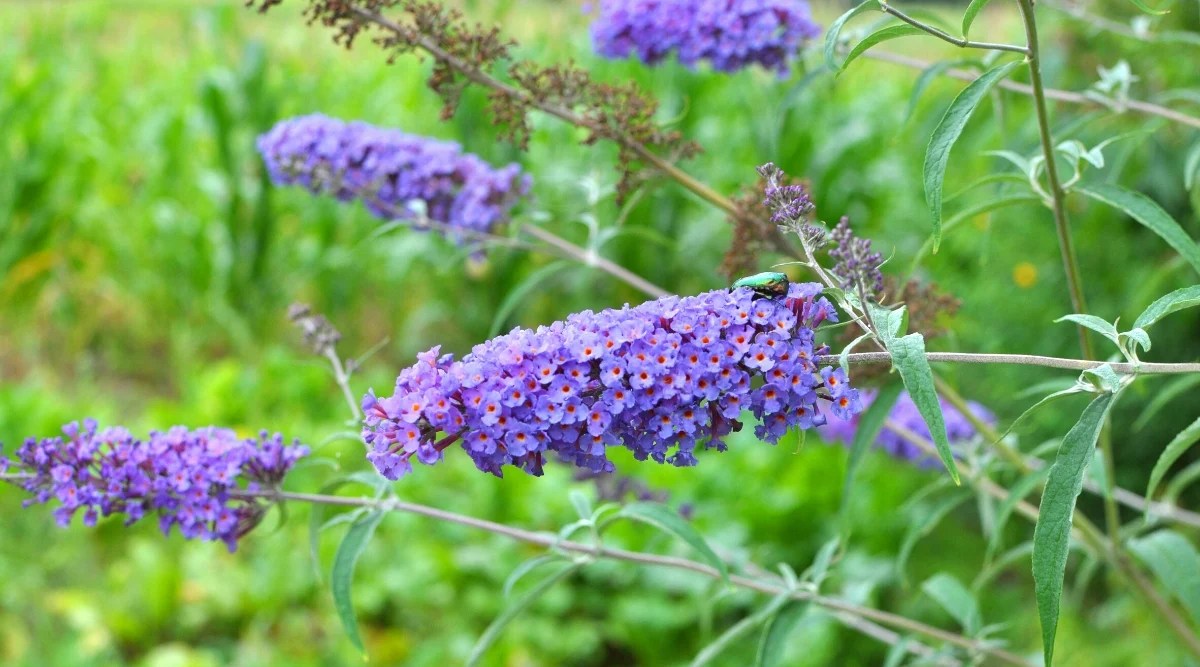
Blackberry
My favorite thing about blackberry bush bush is the delicious berry they produce . A cheeseparing minute , though , is how much the bee seem to enjoy the flush . As a beekeeper and a blackberry bush bush owner , I always retrieve it very satisfying to see the beloved bee enjoying blackberry blossoms because it means more fruit for my family and grand honey for me and the bees !
The leisurely nature of blackberry bushes induce them a slap-up addition to the garden . They postulate very little care , and with piffling other than some leap fertilizer , these shrubs much care for themselves . spineless varieties make harvest home fruits much easier .
Butterfly Bush
Butterfly bush is n’t just for butterflies , although they love it . This shrub produces a substantial amount of nectar , which draws bees of all kinds for the zip boost that this works reliably provides .
Its long bloom season makes the butterfly stroke bush desirable for a pollinator garden . bloom of youth can commence to seem in early summer and last through the fall . These large , colorful clusters of bloom are useful as well as beautiful .
Although not picky about grime case , butterfly bushes involve full Sunday to produce flowers . They are well-off to grow , but pitiable drain will be the death of these shrubs . Proper drain is a must . This flora isinvasive in many areas , so opt a sterile cultivar to avoid self - seeding .
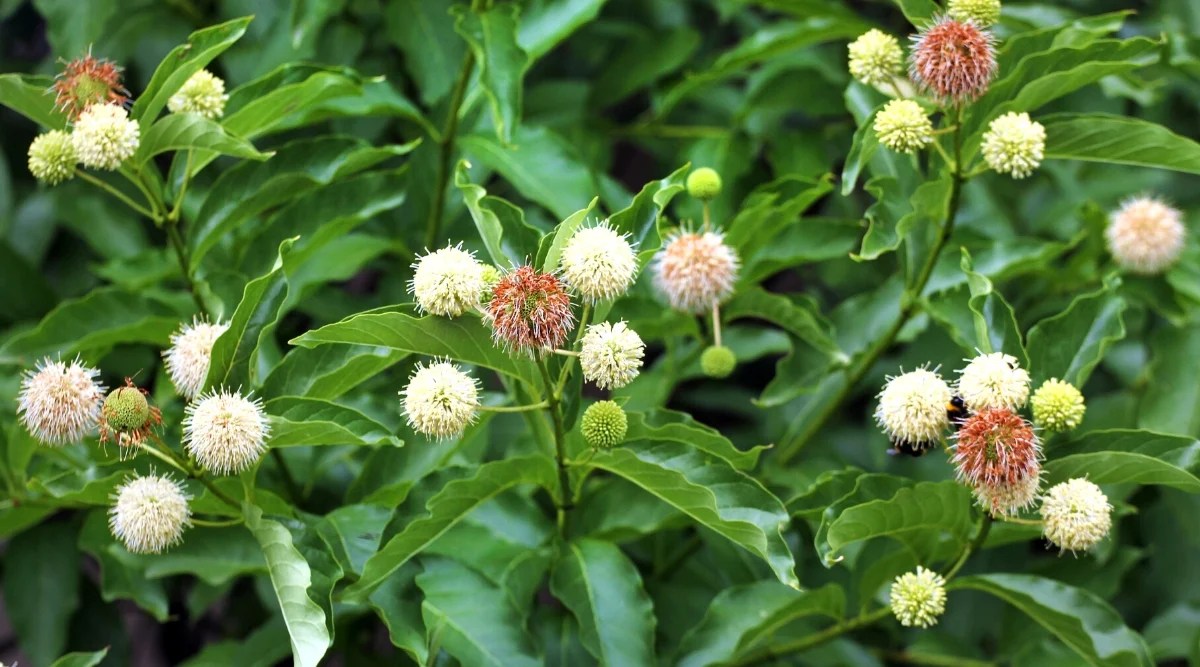
Buttonbush
Buttonbush has an extensive native range in North America , so for nurseryman interest with maintaining a aboriginal ecosystem , this is a great plant life . It is ahost plant to many species of butterfliesand moths , proving irresistible to both native and dear bee .
This summertime blooper produce puffy white efflorescence bunch made up of many smaller heyday . The white blooms are fragrant and ambrosia - rich and make for excellent honey .
Grow buttonbush in soil that is consistently moist . This industrial plant like wet and is perfectly well-chosen in low - lying and pissed field . You might find a buttonbush growing wild along a riverbank or next to a pool .

Daphne
wintertime bloomer are particularly important to pollinator populations . Many pollinator hibernate or transmigrate to warmer area in the wintertime , but those that do n’t take to discover food source in the colder month . Daphne is an excellent shrub for providing winter bees with a source of pollen and ambrosia .
This will be one of the earlier springiness - flower bush in the garden , so when bee begin to come forth from their hibernation periods , they will flock to daphne bush search for valuable food to begin rebuilding their populations for the year ahead .
Daphne plant like full Dominicus and well - drain filth . ensure to irrigate them during the winter months , and give them a thick layer of mulch to protect the ancestor from a hard halt . They can tolerate cold conditions , but an extended hard freeze may cause some damage .
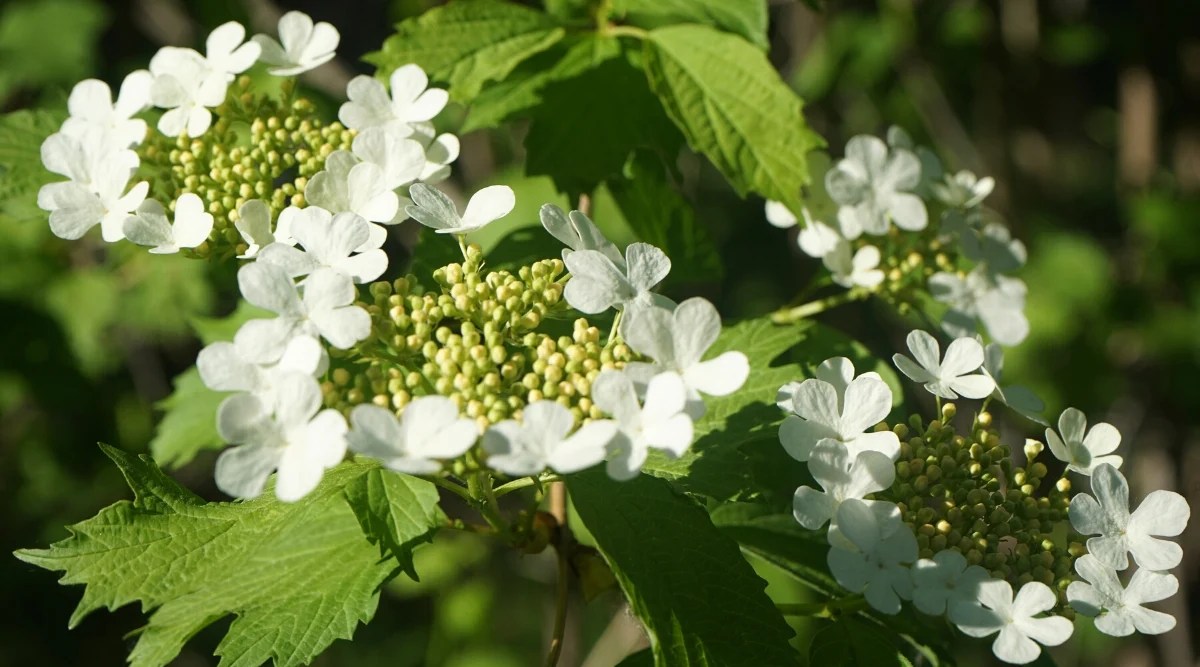
Guelder Rose
Guelder rose is not a true blush wine but a species of genus Viburnum and a fellow member of the honeysuckle family . It is a tumid and fast - growing shrub that makes a nice concealment screen and provides a lot offood for pollinatorsand wild birds .
In tardy spring , bountiful clusters of white or pinkish blossom will have the bees seethe a happy melody . bee love to stay busy , and the sheer volume of flowers on a guelder rose wine shrub will do that for them . Red Charles Edward Berry follow the flowers and supply food for bird in the fall .
Hawthorn
Hawthorns can be bush or trees , depending on the variety and how you prune them . They are entice to all species of bees and are often imbed in yield orchards to increase issue by drawing in pollinator in drove .
recent natural spring is blooming time for hawthorn , and they bring on lovely white blossoms in great turn . Many dissimilar character of pollinators chaffer these flowers , but none are as fond of the plant as bees . Both native and non - aboriginal solitary or colony bee love hawthorn flush .
Hebe
This lovely native to New Zealand is a wonderfully versatile evergreen plant . Give this shrub plenty of organic material in the stain , and plant in full sun for bushier growth . Once it is established , Hebe has very manageable needs .
Hebe come up in a variety of leafage and flower colour . They bloom in summertime and fall , provide a valuable food for thought generator for bees during the famine that typically comes at the remnant of summer . The violet and gamy flowered mixture are peculiarly well - liked by all species of bee .
Hibiscus
Many hoi polloi think of tropical plants when hibiscus is mentioned , but somevarieties of hibiscusare cold audacious , and they all have one affair in coarse . They all have large , nectar and pollen - rich blossom that pollinators have sex to chatter .
In tropical climates , hibiscus is evergreen and can bloom almost yr - round . In cool climates , hibiscuses are summer - flower deciduous shrubs that lose their leaves in winter and sometimes die back to the land . Some hardy varieties have very cold - large-minded root .
engraft these flowering bush in full Sunday and fertilize them on a regular basis for the maximal number of bloom during their blooming time of year . Those flowers are certain to catch the eye of passing bees . Hummingbirds are very fond of hibiscus blossom as well .

Lavender
Lavender is one of those industrial plant that attract all types of bee with its soothingly fragrant flowers . Humans are n’t the only ones who privilege the scent of this Mediterranean herb ; bee are very fond of lavender as well , and they will go out of their room to line up it . Despite how diminutive the private flowers are on a lavender plant , they are full of pollen and nectar .
imbed your lavender in full sunand poor soil . Lavender does n’t like to be fertilized and is very drought tolerant . This is a plant that can easily be killed with benignity . Neglecting your lavender is proficient than overwatering or throw it too much care .
Lavender is a small , shrubby works that can grow quite large , up to three feet tall . Keep your lavender pruned for maximal blooms . One nice thing about this plant life is that while it attract bees , it repels white Anglo-Saxon Protestant and yellow jacket !

Mahonia
wintertime - blooming shrubs have a special office and relationship in the lives of bees . Most bee semi - hibernate in winter but will dress back out in search of food any time they can stomach the temperature .
For this reason , plants that bloom in the winter months are vital , as they will be the only works in blush when those first bees issue from their home . They certainly come forth athirst , as many of them do not overwinter with a colony and extensive food stores like honey bee do .
Mahonia is one of these winter - flower shrub , and the bees love it . Some varieties are fragrant , and others not so much . These shrub are not particular about sun . They are all right in just about any exposure . Prune them in the leap after flower .

Mock Orange
This bush does not have a very long bloom time , only a match of weeks . However , it is very appealing to bee during that time because of its well accessible and fragrant flowers . The works gets its name from the law of similarity of these flowers to orange blossoms , which smack heavenly .
Mock orange tree flowers are very nectar - rich , attracting a great number of pollinators while it is in bloom . This is a bee attractive feature . Plant this shrub in full sun for the in force bloom . Give it loose , well - drain filth for best root growth .
New Zealand Tea Tree
This lovely evergreen plant plant life is native to New Zealand and play a unparalleled role in honey product . Manuka dear is made almost exclusively from New Zealand tea tree diagram nectar that is harvest by honey bees . The bush blooms in leap with pinkish or white peak . The foliage is aromatic when crushed .
Manuka honey is renowned for being the most expensive honey in the earth and for its purport healing properties and medicative uses .
Russian Sage
Russian Sage provide an incredible amount of flowers and , therefore , food for bee . It is also very low-toned - maintenance and tolerant of drouth and dirt type , but it take full Dominicus in rescript to produce the embarrassment of purple flowers which begin blooming in mid - summer and cover until frost .
The long and prolific bloom habit , partner off with the colour of the flowers , which is blueish purple , make this a wondrous works for feed the bees . It will consistently be a favorite of theirs in the garden , as there is much nectar to gather from each individual works .
Snowberry
Snowberry is a winner for attractingsweat bees , bumblebee , and honey bees . It produces plenty of small-scale , pink , bell - shaped bloom from early to later summer . Berries follow the flowers in fall and also draw songster to the garden .
Snowberry is very adaptable to different soil types . It is ego - fertile , so only one flora is needed to develop yield . It can thrive in full sun and partial shade but will flower best in full sun . This plant is very drought tolerant once it is mature .
Spicebush
Spicebush is well know for its aromatic root and foliage . When oppress , these parts of the plant have a spicy scent . While attractive class - cycle , the flowers flower in spring , followed by green foliage in summer that turn yellow in the fall . Red drupes mature in the spill and supply intellectual nourishment for overwinter birds .
Because of its early spring blossom habit , spicebush provides an of import , other food reference for bee . The flowers are nectar and pollen - rich and bloom in bang-up numbers , spend a penny this a great plant for help bee husband energy . Spicebush is also a host plant to several North American butterflies and moth .
Sweet Almond Bush
This is one of my preferent pollinator plants . It begins bloom in summertime , and the prime continue until the first frost in cooler clime . In Zones 8 - 9 , fresh almond bush dies back to the ground in winter and regrows in spring . In zones 10 - 11 , this is an evergreen plant life with an extra long bloom time .
I never walk past this plant life without visit a half XII bees . Bumble bees and love bee are specially fond of these flowers . The best thing about this plant is the fragrance of the flowers . Though not related to almonds , the flower have a bouquet that smells like fine almond soap . It is unobjectionable and sweetened and resistless to pollinators .
Sweet Box
Sweet corner is a wonderful plant life for the tad garden . It thrives in fond to full shade . This attractive bush has showy , deep dark-green leafage and produces very fragrant blank flowers in natural spring . Not only is this plant shade large-minded , but it is one of few shade plants that is also quite drought resistant .
Flowers appear in January and February , stool this an important food source for pollinator , including queen humblebee devise to raise a unexampled colony . The fragrant flower are small but plentiful and nectar - rich .
Viburnum
Viburnums are a declamatory genus of inflorescence evergreen plant and deciduous shrub . Most of the deciduous varieties have attractive and colorful fall foliation , although leafage varies widely among coinage . They bloom best in full sun but will stomach fond shade , specially in the good afternoon . Moist , well - drained , and more or less acidic filth is their ideal surroundings , but Viburnum are n’t picky .
Viburnums attract many pollinators with their clusters of pretty white flowers in spring . butterfly and moths , as well as hoverflies , are all love to cross-pollinate these salad days . Regarding bee that favour sweet nectar from viburnum heyday , these shrubs are most likely to draw in long - tongued and halictid bees .
Wild Rose
Not allrose President George W. Bush attract bees , but some happen to be some of the most attractive on this list . waste roses , to be specific , and rambling rosiness particularly , are very attractive to bee . rose wine that open up fully to expose their reproductive parts are the soft for bees to harvest pollen and nectar from .
Fragrant blush wine are typically going to be more attractive to pollinators . However , bee will avoid cerise rose wine , as they do n’t see the color and associate it with danger . bee have a go at it roses with high pollen mental object . This important source of protein help to keep up a colony through the wintertime .
Willow
Willows are a large genus of deciduous trees and bush that typically prefer cooler climates and damp land . They are fast - growing and typically short - lived , although some species grow quite tumid ( 50 ’ ) and have long lifespans .
unfolding catkins come out in late natural spring and are a very good source of pollen . Although willows do n’t bank upon bee for pollination , bees are fond of them .
excavation bees are a very common visitor to willows during their blooming season . The best eccentric of willow works for bees are those with larger catkins , such asS. capreaandS. hookeriana .
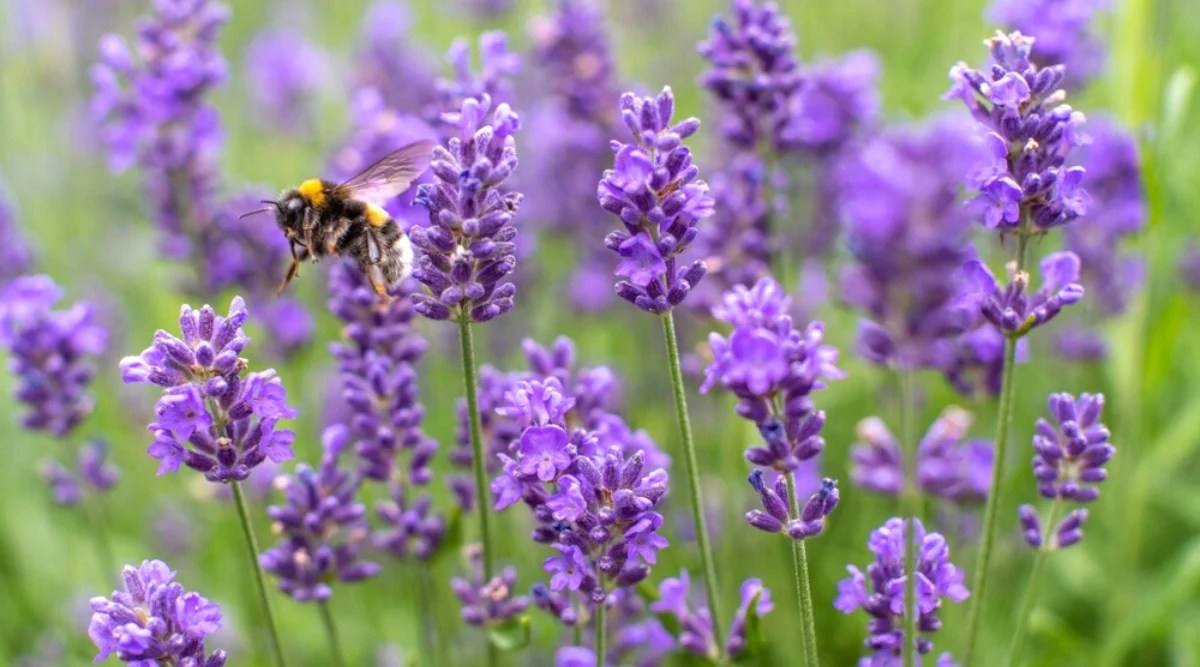
Final Thoughts
There is no dearth of blossoming bush and trees that invoke to bees as convenient and honest food sources . By institute these flowering shrubs in your garden , you willprovide bee populationswith a place to collect resources without have to travel long distances to do so .
Remember that the more blossom in close propinquity to each other , the more bees will be attracted to and pass to a fussy spot . Planting flowering shrubs is the best way to achieve this intention in the garden .




